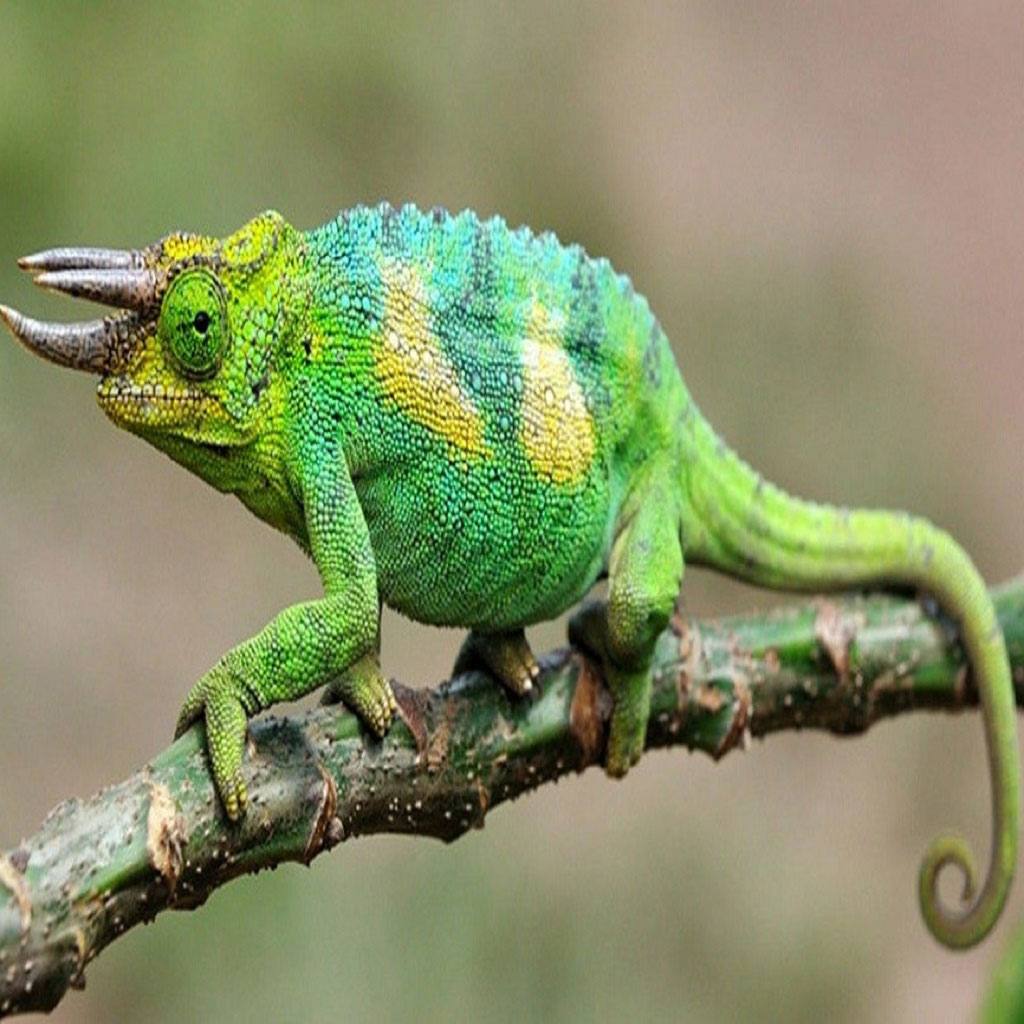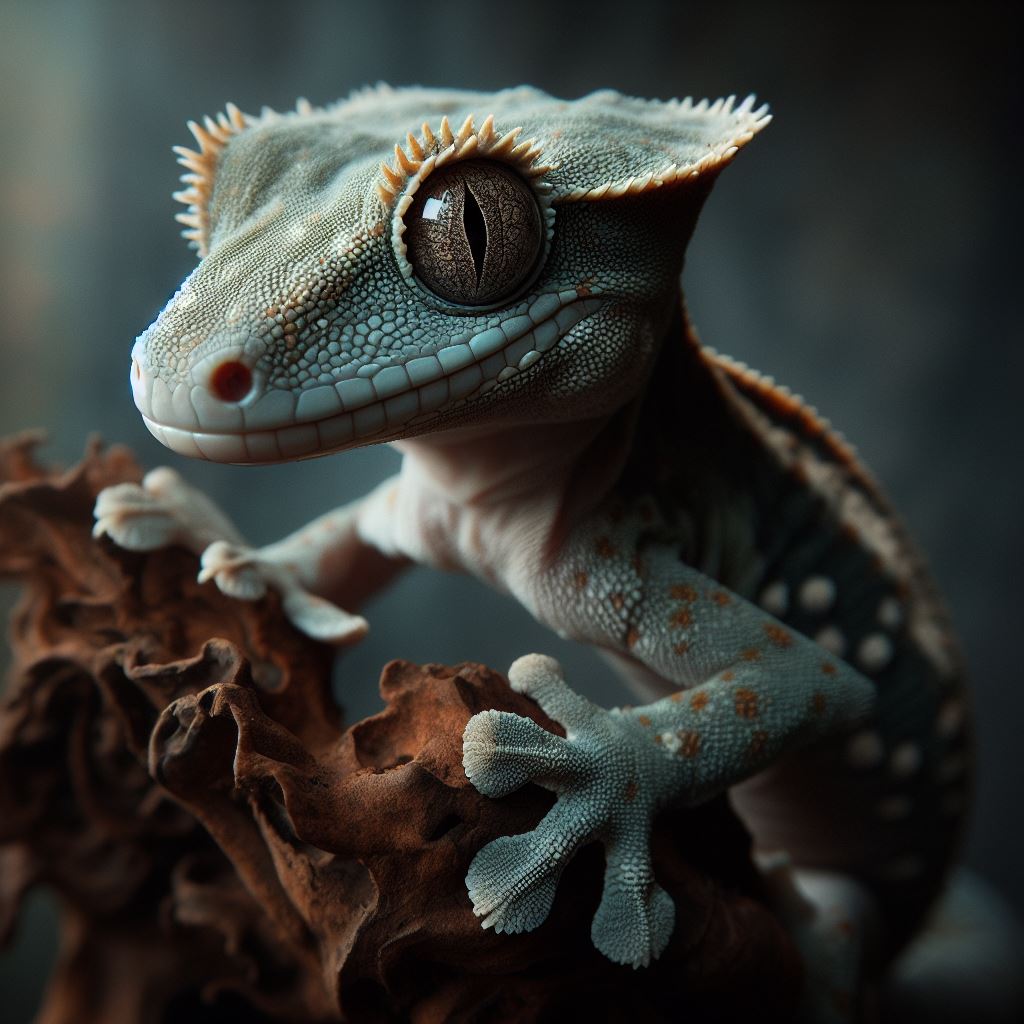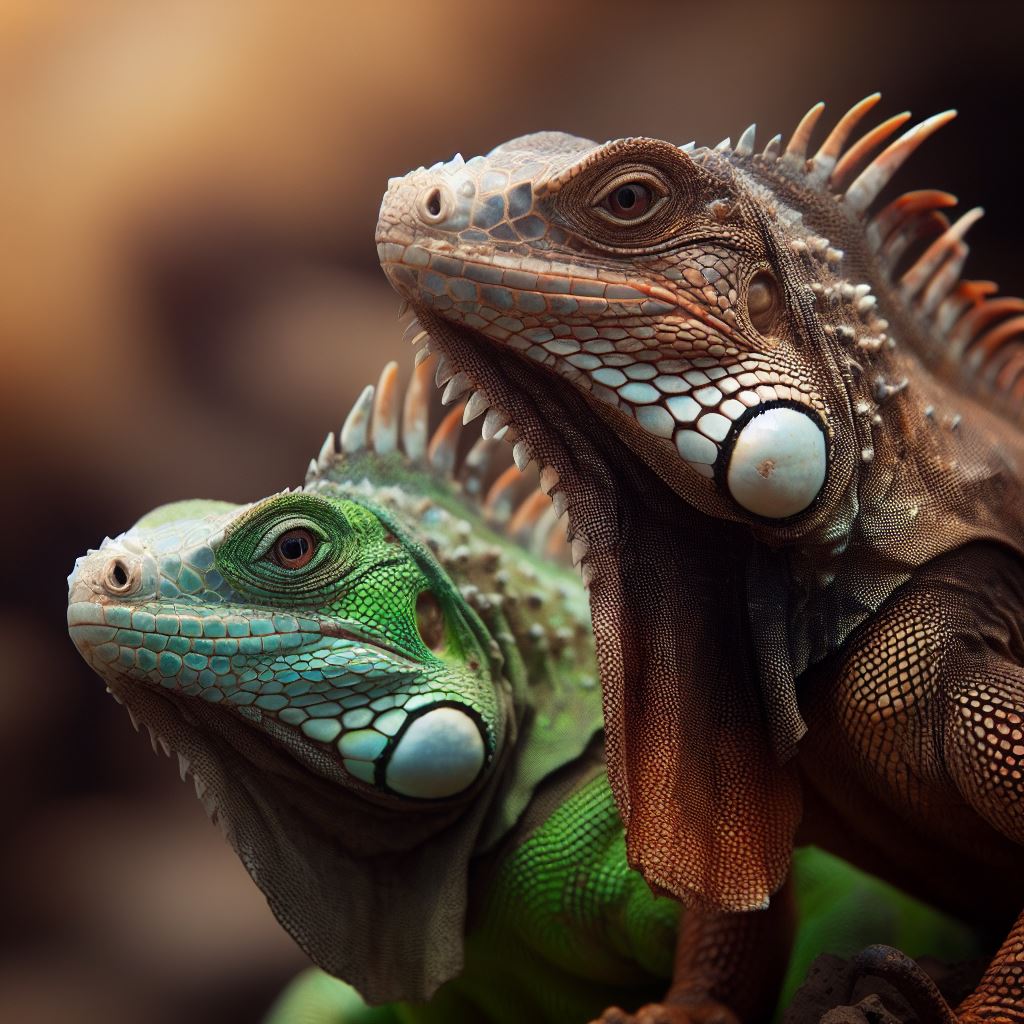Enter the intriguing realm of Jackson’s chameleons, a unique reptilian wonder. Originating from the heartlands of East Africa, these captivating creatures have found their way to far-off lands like Hawaii and Florida, captivating enthusiasts with their distinct traits. Sporting three horns on their heads and a tail with a gripping ability, they are not only visually striking but also possess the extraordinary ability to change color based on mood, temperature, and surroundings. In this comprehensive guide, unravel the mysteries of Jackson’s chameleon, delving into its history, behavior, care, and breeding.
Jackson’s Chameleon Historical Roots and Global Spread
First chronicled in 1865 by John Edward Gray, this species was christened in honor of Frederick John Jackson, a prominent British explorer of East Africa. Scientifically identified as Trioceros jacksonii, denoting the “three-horned lizard of Jackson” in Latin, it boasts three distinct subspecies: T. j. jacksonii in Kenya and Tanzania, T. j. xantholophus exclusive to Mount Kenya, T. j. merumontanus confined to Mount Meru in Tanzania.
The 1970s saw these fascinating creatures introduced to Hawaii, a journey that led to their establishment on islands such as Oahu and Maui. Despite their captivating presence, they sparked debates due to their invasive nature, out-competing native birds and insects. Florida, too, welcomed them into urban pockets, where their presence, although not harmful to local wildlife, raised concerns regarding potential diseases and parasites.
Unique Features and Physical Attributes
Easily identifiable, Jackson’s chameleons stand out with their trio of horns. Males sport two substantial horns above their eyes and a smaller one on their nose, while females have a single small nose horn or none. These horns serve various functions, from combat to digging holes for laying eggs. Their bodies feature tiny, color-changing scales orchestrated by chromatophores, displaying hues like green, yellow, brown, blue, and purple. The prehensile tail acts as a fifth limb, providing balance and grip. Their eyes offer 360-degree vision and can focus binocularly, while their long, adhesive tongue captures prey from a distance, secured by a suction-cup-like tip.
Behavioral Insights and Reproductive Marvels
These diurnal beings, active during the day and at rest by night, predominantly inhabit trees, where they hunt insects and hydrate from dew-kissed leaves. Despite their solitary and territorial tendencies, the mating season ushers in brief social interactions, marked by vibrant displays, color changes, and territorial defense strategies. Come mating time, females dig pits to lay 10 to 40 eggs, hatching after 6 to 9 months, contingent on environmental factors.
Nurturing Your Jackson’s Chameleon: Care and Considerations
Keeping Jackson’s chameleon demands meticulous attention, making it a choice suited for experienced pet owners. Consider the following guidelines:
- Housing: Provide a spacious, well-ventilated enclosure mirroring their natural habitat, equipped with branches, rocks, and moist substrates like soil or coconut fiber.
- Lighting: Ensure 10 to 12 hours of daily exposure to a full spectrum of light with UVB rays, crucial for vitamin D3 synthesis and calcium absorption.
- Temperature: Maintain a gradient from 28 to 32°C (82 to 90°F) for basking, with cooler areas between 18 to 24°C (64 to 75°F), regulating day-night fluctuations.
- Humidity: Maintain 50 to 80% humidity, facilitated by misting, humidifiers, or water dishes, ensuring dechlorinated water to avoid harm.
- Diet: Feed every other day with live prey like crickets, locusts, and mealworms, supplemented with fresh fruits and vegetables, dusted with calcium and vitamins.
- Hydration: Offer fresh water through misting or drip systems, allowing the chameleon to drink droplets from leaves or branches.
- Handling: Minimize handling of essential activities, always done gently and cautiously, avoiding stress or injury.
By embracing these practices, you can provide a nurturing environment for these remarkable creatures, allowing them to thrive and reveal their captivating nature.
Health and Wellness: Ensuring a Vibrant Companion
A vigilant eye on your Jackson’s chameleon’s health is paramount. Regular veterinary check-ups are advisable, especially if you notice any changes in appetite, behavior, or skin condition. These reptiles, while resilient, can succumb to illnesses if not properly cared for. A well-balanced diet, enriched with essential vitamins and minerals, contributes significantly to their overall vitality.
Enrichment and Stimulation: Fostering Mental and Physical Well-being
Beyond the necessities, providing mental and physical stimulation is vital for their well-being. Introduce various perches, climbing structures, and live plants within the enclosure. These elements not only mimic their natural habitat but also offer opportunities for exercise and mental engagement.
Interactive feeding methods, such as hiding food in different spots, encourage natural foraging behaviors, stimulating their cognitive abilities. Additionally, periodic changes in the enclosure setup can pique their curiosity, preventing monotony and enhancing their overall quality of life.
Respecting their Nature: Observing and Appreciating from Afar
Respect their innate solitary disposition. While your presence is appreciated during feeding and maintenance routines, observe from a distance to minimize stress. Avoid loud noises and sudden movements around their enclosure, allowing them a calm environment to thrive.
Conclusion: A Journey into the Extraordinary
In embracing Jackson’s chameleon as a pet, you embark on a journey into the extraordinary. With their mesmerizing color changes, unique physical attributes, and intriguing behaviors, these reptiles offer an unparalleled opportunity to witness the wonders of nature up close. By providing a carefully crafted environment and understanding their specific needs, you not only ensure their well-being but also enrich your life with the presence of one of the most captivating creatures the animal kingdom has to offer.






